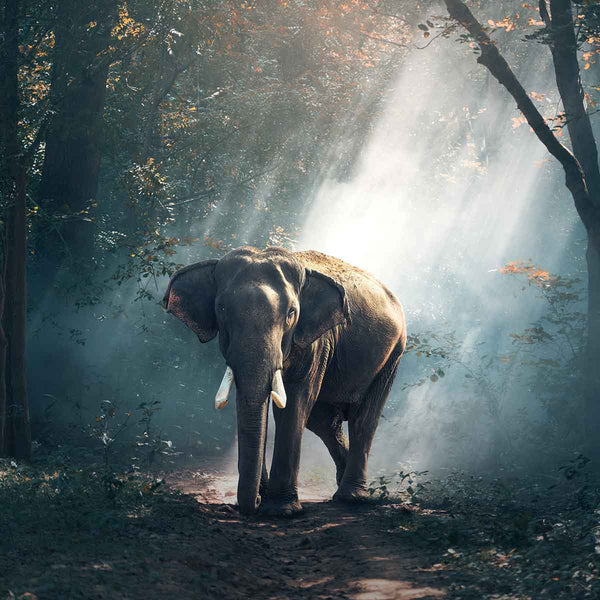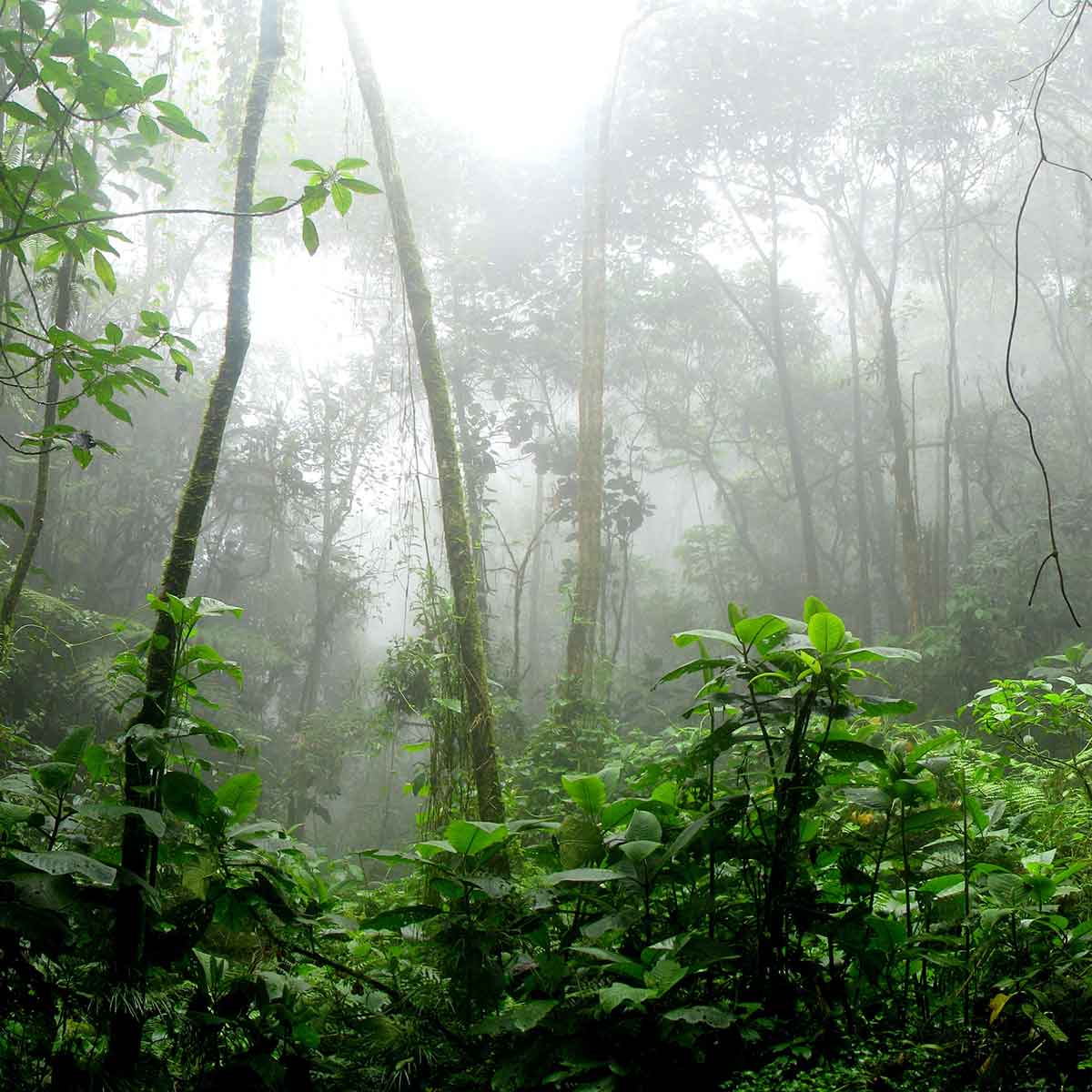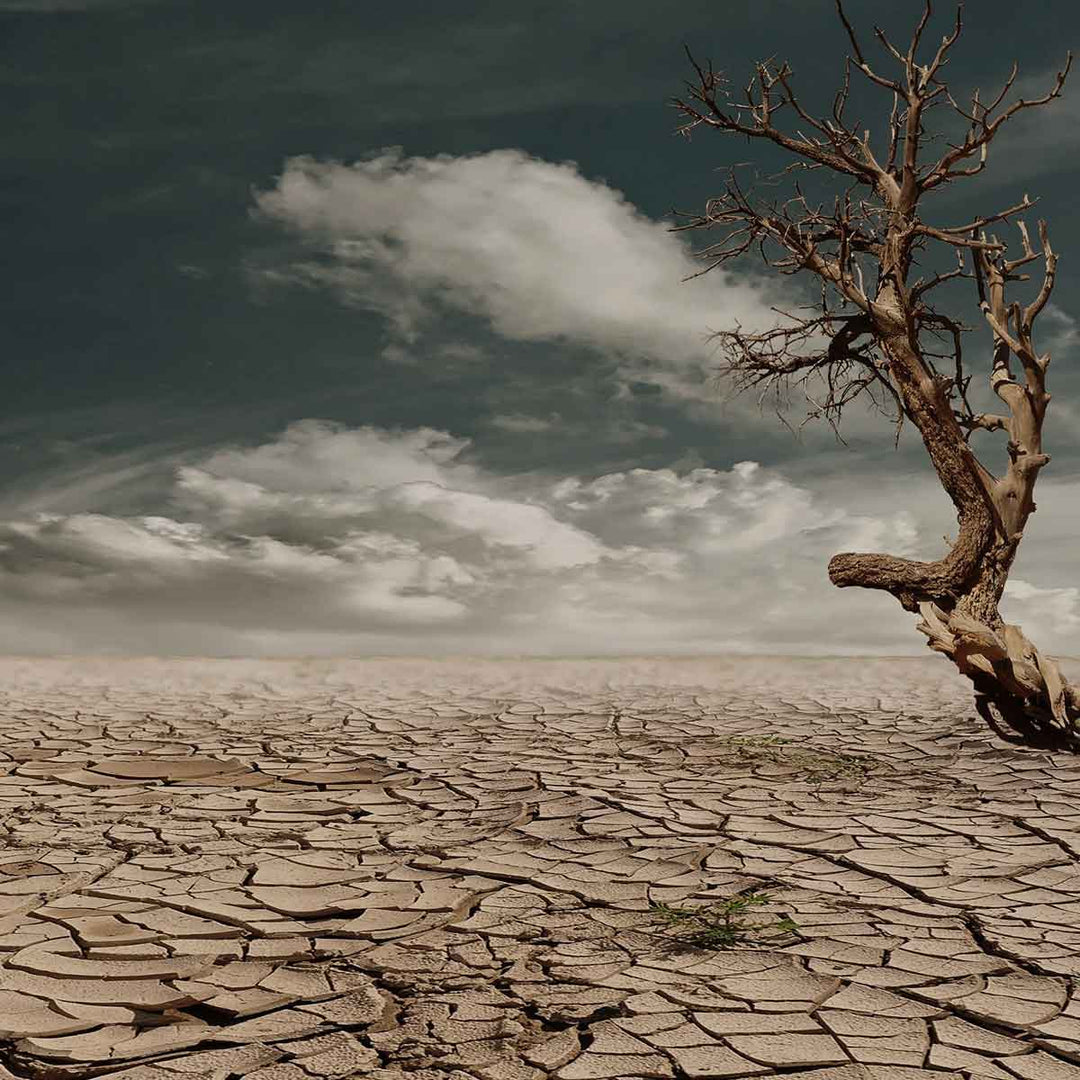Why Are Amazon Forests Important to the World?
What Is The Importance of The Amazon Rainforest For Local and Global Climate?
The Amazon Rainforest is a beautiful, unique and vibrant place, filled with many different species of animal, fish and plant life. Not only is this beautiful forest a wonder to look at and enjoy, but it is a very important ecosystem that has the ability to impact the entire world. It has been measured that the length of the Amazon river alone, including all its tributaries, is equivalent to the distance from New York City to Rome! This expansive river and surrounding forested region need to be protected at all costs, as the issues that arise from the destruction of this forest can be life-altering for people all over the world. The following are just a few things that outline the importance of the Amazon rainforest!
Carbon Storage
With as many as 16,000 tree species and over 390 billion individual trees in the rainforest, it is responsible for the storing of a lot of the planet’s carbon that is produced. Due to the fact that plants generate and turn carbon dioxide into food and then release oxygen, plants are largely considered to be the sustainers of life, and rainforests are huge contributors to the storing of carbon and the production of oxygen. The amazon rainforest plants are an extremely important part of the world’s carbon storage system, and without it, global warming would speed up at unprecedented and never before seen rates.

Biodiversity
The Amazon rainforest is home to one of the world’s largest ecosystems, with more species of animals, fish and trees than anywhere else in the entire world. With such an extensive ecosystem, it is extremely important that the different species of animals and plants be protected. Just one animal or plant going extinct or even just becoming endangered can impact an entire ecosystem, as everything within it is connected and reliant. A plant going extinct will impact the herbivore who relies on it for food, and the carnivore who relies on the herbivore as a food source will also be impacted, creating a circle within which the tiniest change has a resounding impact. The biodiversity of the rainforest, therefore, needs to be protected at all cost, with each facet and element within it being seen as just as important as any other.
Local Benefits
Not only is the Amazon Rainforest popular because of its extensive ecosystem and biodiversity, but it is also home to many different amazon rainforest populations of people who have formed different cultures within the surrounding areas of the rainforest! There are estimated to be over 400 amazon rainforest native tribes who live within the forest, each functioning and living within the Amazon basin. these indigenous people have an extensive plethora of knowledge that has been passed down from generation to generation, all teaching others how to live sustainably within the forest and not destroy the extensive ecosystem that has thrived for thousands of years!
Medicine
Any one of the many different species within the rainforest could be the answer to providing medical materials to cure diseases. With so many animals within the rainforest already contributing to solving many different ailments and diseases, problems and cures could be found within any one of the species of animals or plants! It is therefore important to protect each and every one of these potential cures and ensure that they do not go extinct, it is now more important than ever to protect the different species of plants and animals that live and survive within the Amazon rainforest.
Water and the Hydrological Cycle
The Amazon River is a big part of the forest and as the second largest river in the world that moves the largest volume of fresh water to the ocean, it forms a big part of the world’s water and hydrological cycle. Disruptions within the tributaries and river flow can have far-reaching consequences, not just for the surrounding areas but for the entire world. The Amazon Rainforest has its own system of moisture in the sky that nourishes the entire forest and keeps it alive and functioning. This amazing water cycle means that the entire rainforest generates about half of its own rainfall in a continuous cycle. Disruptions within this cycle can have far-reaching and devastating consequences to both the forest and the rest of the world.

What Happens To The World if Something Happens To The Amazon Jungle?
There are both immediate and long-term effects that would impact the entire world if the Amazon rainforest had to disappear. The first thing that would be noted is the loss of a large portion of biodiversity, from the smallest organisms to the biggest animals and trees, the rainforest is home to tons of different species and without the forest, they would quickly become extinct. With around 10% of the world’s species living in the Amazon Rainforest, some of which have not even yet been discovered, this loss of biodiversity would have devastating consequences and repercussions.
The Amazon Rainforest problems and long-term impacts would also be dire and the entire world would experience a range of different devastating weather conditions, from extreme drought to flooding. This shift in the climate would be felt not just in the Amazon or surrounding regions but all throughout the world. Along with devastating weather patterns, the carbon that plants have been storing for thousands of years would be released into the atmosphere, releasing tons of greenhouse gases into the atmosphere and increasing the rate at which global warming occurs. These devastating consequences would reach far and wide, with shifts and changes to almost every aspect of life experienced in nearly every corner of the globe.
Help save the Amazons with our Recycled Towels!













